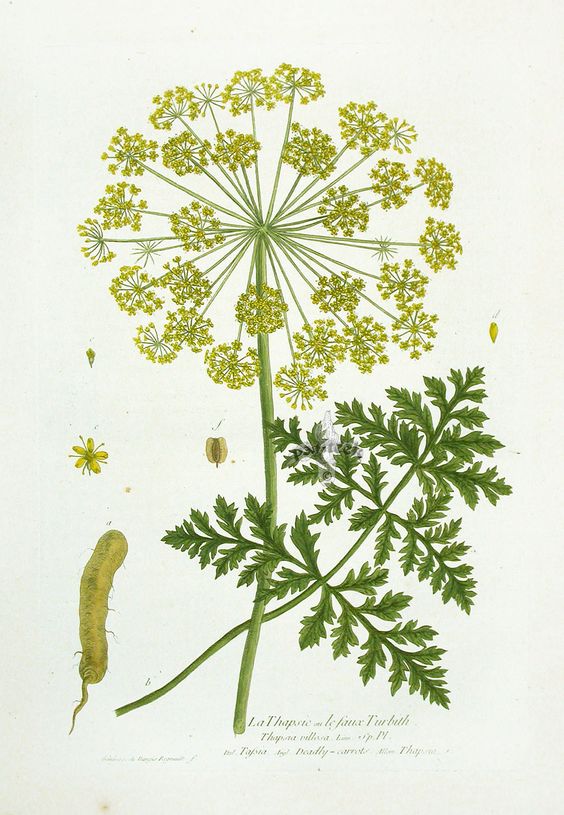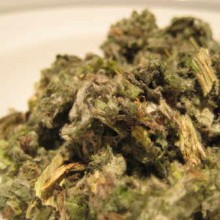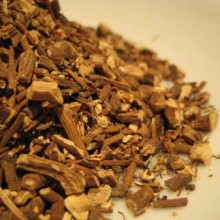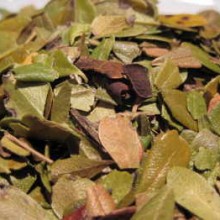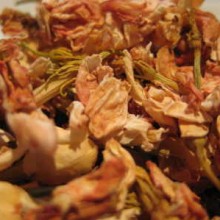Dill Seed is harvested from Anethum graveolens, which is a short-lived annual herb, native to southwest and central Asia. It is the sole species of the genus Anethum, though classified by some botanists in the related genus Peucedanum as Peucedanum graveolens.
It grows to 40-60 cm tall, with slender stems and alternate, finely divided, softly delicate leaves 10-20 cm long. The ultimate leaf divisions are 1-2 mm broad, slightly broader than the similar leaves of Fennel, which are threadlike, less than 1 mm broad, but harder in texture. The flowers are white to yellow, in small umbels 2-9 cm diameter. The seeds are 4-5 mm long and 1 mm thick, and straight to slightly curved with a ridged surface.
Successful cultivation requires warm to hot summers with high sunshine levels; even partial shade will reduce the yield substantially. It also prefers rich, well drained soil. The seeds are viable for 3-10 years. Plants intended for seed for further planting should not be grown near fennel, as the two species can hybridise.
The seed is harvested by cutting the flower heads off the stalks when the seed is beginning to ripen. The seed heads are placed upside down in a paper bag and left in a warm dry place for a week. The seeds then separate from the stems easily for storage in an airtight container.
Traditional Culinary Uses for Dill Seed:-
Like caraway, its fernlike leaves are aromatic, and are used to flavour many foods, such as gravlax (pickled salmon), borscht and other soups and pickles but its seeds are also used to flavour pickles.
Dill oil can be extracted from the leaves, stems and seeds of the plant.
History of Dill:-
Dill has long been cultivated as an herb throughout Europe and north Africa as well as in its native Asia. It was used by Egyptian doctors 5000 years ago and traces have been found in Roman ruins in Great Britain. In the Middle Ages it was thought to protect against witchcraft.
In Semitic languages it is known by the name of Shubit. The Talmud requires that tithes shall be paid on the seeds, leaves, and stem of dill. The Bible states that the Pharisees were in the habit of paying this tithe (Matthew 23:23) ; Jesus Christ is said to have rebuked them for tithing dill but omitting mercy.
The name Dill is thought to have originated from a Norse or Anglo-Saxon word ‘dylle’ meaning to soothe or lull, the plant having the carminative property of relieving gas.


